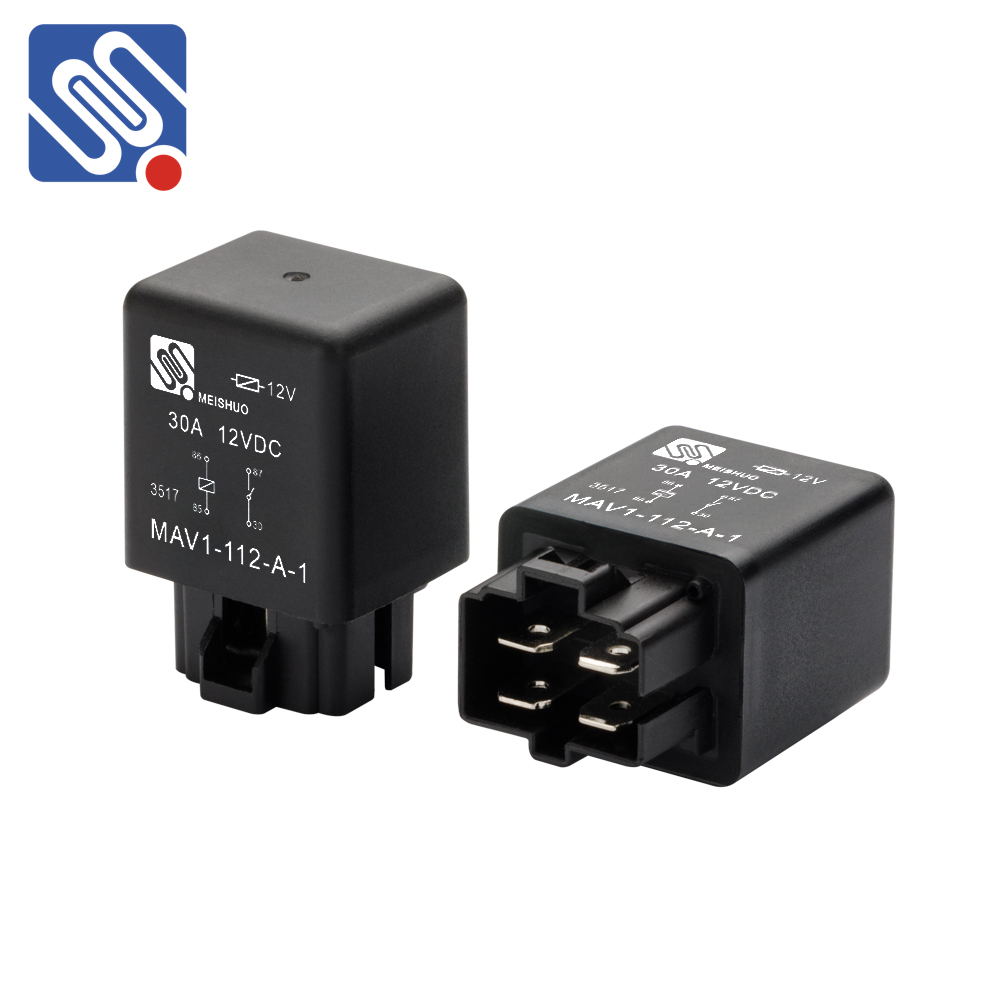Relays are vital components in electrical and electronic systems, acting as switches that control circuits by opening or closing contacts. The variety of relays available on the market can make choosing the right one for a specific application a challenging task. Understanding the key specifications of relays is essential to ensure optimal performance and reliability. This article will provide an in-depth comparison of relay specifications, highlighting the crucial factors that need to be considered when selecting the appropriate relay for various applications.

1. Coil Voltage and Current One of the most fundamental specifications of a relay is the coil voltage and current. The coil voltage is the voltage required to activate the relay, and it must match the control circuit’s output voltage. Similarly, the coil current refers to the amount of current needed to energize the coil. It is important to ensure that both the voltage and current ratings of the relay’s coil align with the system’s voltage to avoid damage to the relay or the control circuit. Some relays operate on DC voltages, while others operate on AC voltages. Therefore, understanding the voltage type is critical in making the correct selection.